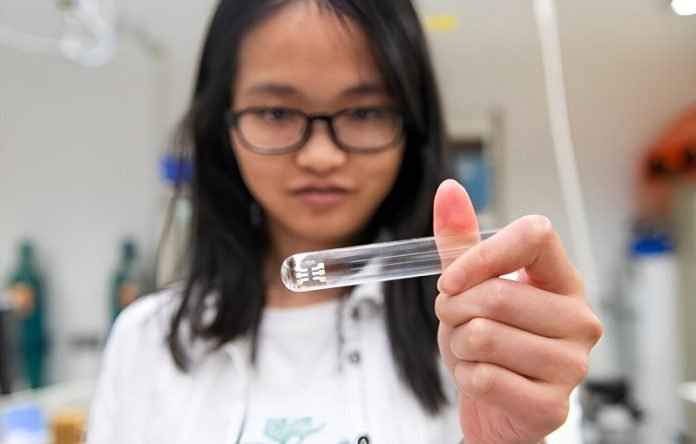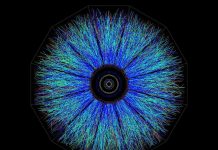
Cheaper sensors and lasers are on the horizon due to the new innovations.
Scientists at the University of Chicago have found an exciting new way to make infrared light using something called “quantum dots.”
These quantum dots are tiny crystals so small that you could fit a billion of them into a single period at the end of a sentence!
The researchers say that this method is just as good as the old ways, even though it’s still pretty new.
So, what’s the big deal about infrared light? Well, it’s the kind of light we can’t see, but it’s super useful for many things, like sensors.
For example, you can use it to test if bad gases are coming out of a car, check alcohol levels in breath, or make sure no harmful gases like methane are leaking from machines.
Up until now, the process of making devices for infrared light was complicated and expensive.
But these quantum dots might change all that. Philippe Guyot-Sionnest, a professor at the University of Chicago, said, “We have reason to believe we could significantly improve” how well these quantum dots perform.
What’s cool about quantum dots is that they can glow in different colors based on their size. They are very efficient, meaning they do their job really well, and are quite easy to make.
Some TVs even use quantum dots to make their pictures better, although those are for colors we can see. But for infrared light, which we can’t see, quantum dots haven’t been used much.
Normally, infrared devices are made using a process that’s a lot of work and costs a lot of money. The scientists thought maybe there’s a simpler way to do it. So, they decided to use these tiny quantum dots to try something called a “cascade” technique.
In simple terms, imagine a series of waterfalls. In this “cascade,” when you run electricity through a device, it’s like sending a ton of electrons down these waterfalls.
Each time an electron falls, it can give off some of its energy as light. The scientists made a black “ink” filled with these tiny dots, put it on a surface, and ran electricity through it. It worked really well, right from the start!
Why is this so great? Because it can make things like breathalyzers or emissions tests cheaper and easier to use.
Guyot-Sionnest said that this is one of the best uses for quantum dots. Unlike other materials, this technique works specifically because of the special rules that quantum dots follow, known as quantum mechanics.
The researchers are optimistic that with a bit more tweaking, this new method could be even better than the old ways of making infrared light. That means cheaper, smaller, and more efficient devices for all sorts of useful things.
So the next time you hear about quantum dots, remember, these tiny crystals are not just small; they could be a big deal for making our lives easier and safer.
The study was published in Nature Photonics.
Follow us on Twitter for more articles about this topic.
Source: University of Chicago.



